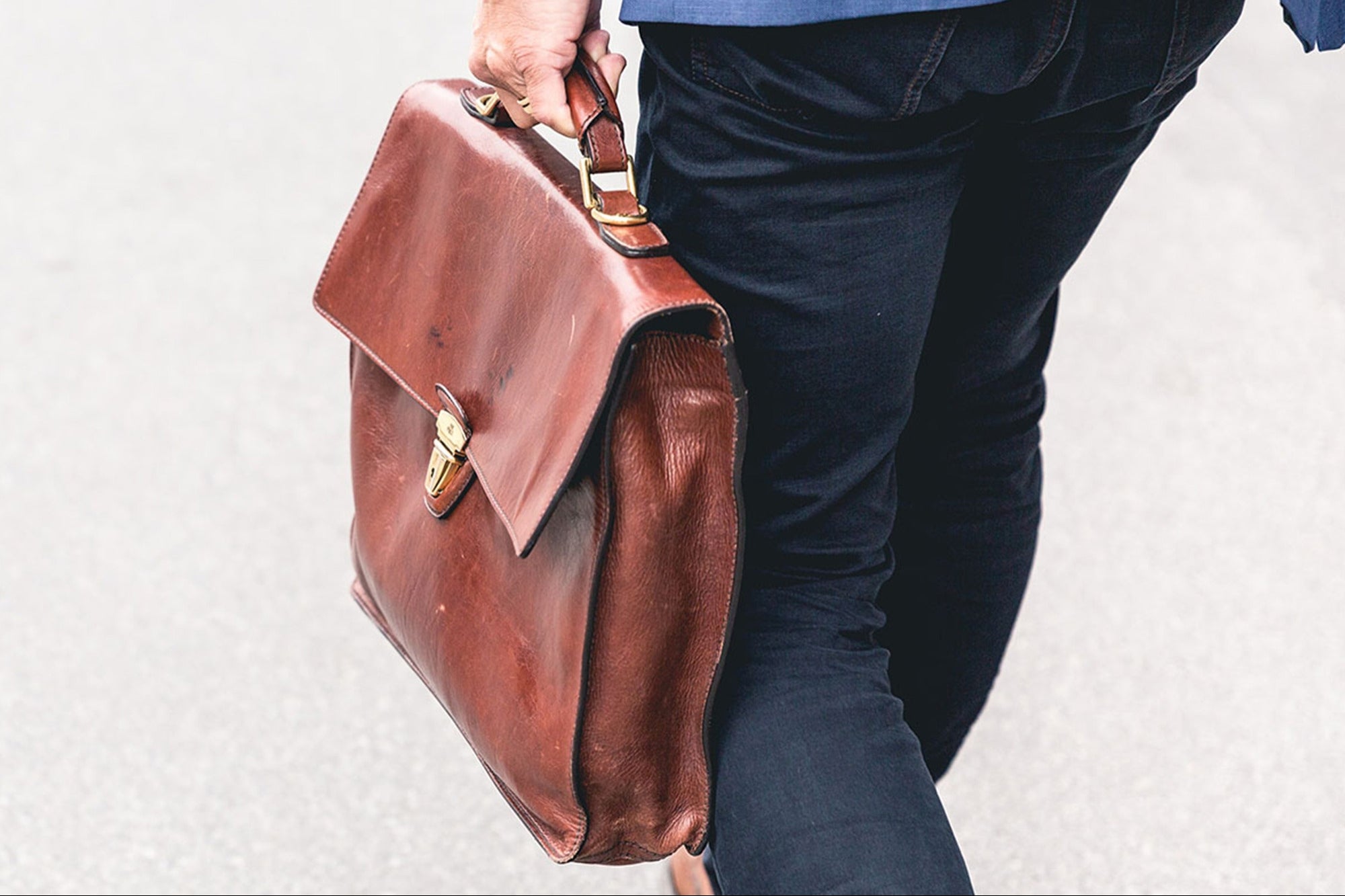Smart Kegs to Mobile: What to Watch in Retail Key takeaways from this week's National Retail Federation's show.
This story originally appeared on CNBC
Maybe it was the chill rushing through the air during a freezing cold week in New York City. Or perhaps it was the fact that the retail industry landed in Manhattan after a holiday season that was far less chaotic—and much more upbeat—than the previous year.
But regardless of the reason, retailers and industry experts were decidedly more optimistic at the National Retail Federation's annual show, which ended Wednesday.
"A couple of larger retailers that I've talked to have felt good about January," said Alison Paul, vice chairman and U.S. retail and distribution leader at Deloitte. "I'm very bullish on 2015. I feel really good about things."
Below are five key takeaways from the conference.
Show me the mobile
Mobile traffic accounted for nearly half of all online traffic this holiday, according to IBM. So it came as no surprise that pocket-sized strategies were a big talking point.
What was more of a surprise, however, was the focus on mobile apps—a technology that some had written off for bricks-and-mortar retailers.
GameStop, for example, featured a technology that it's testing in its Texas stores. It's working with Shelfbucks, a company that uses in-store beacons to send promotions to shoppers' smartphones.
By downloading GameStop's app and holding it in front of one of the beacons, consumers can get additional information on a product, or watch video trailers for a particular game. They can also flick the videos from their smartphone to a TV screen in the store.
But it's not just GameStop developing a mobile app strategy. J.C. Penney recently did a complete overhaul on its app, which has increased conversions on the platform by 40 percent year over year, said Mike Rodgers, Penney's chief customer officer. He did, however, note that the gains came from a relatively small base.
Consensus around the show was that the key to a successful app is that it must serve a greater function than the brand's mobile site. In other words, it can't be an app that's built just for the sake of having an app.
"You have to make it an indispensable tool for the customer to use," Rodgers said. "She has to be able to use it over and over and over again because then she's going to download it."
Ding dong, the store's not dead
Much of the talk at least year's conference was over the future of bricks and mortar, and what role stores would play in the future. This year, despite a recent wave of store closings, retailers largely ignored this conversation, and instead focused on what technologies can be brought into the store—where about 90 percent of sales still occur.
Among these technologies were Intel's augmented reality "magic mirror," which was revamped from last year and is being rolled out to several Neiman Marcus stores. The chipmaker also featured its iKeg system, which uses radio frequency identification (RFID) and sensor technology to collect data from beer kegs.
This data are being used in hundreds of locations across the U.S. not only to gauge when a keg is empty, but for analytics. For instance, it can help measure how well a beer brand's advertising campaign worked in a certain market, if its sales there suddenly increase.
Mobile pay is great, but…
Although there was certainly buzz about the role that mobile pay could play in the future, most of the talk about payments was centered on the shift toward chip and PIN technology. That's because in October, the party that has not invested in this upgraded technology—whether it's the card issuer or the retailer—becomes liable for any fraud that occurs.
Still, mobile payment technologies were not ignored. Companies including payment solutions firm Ingenico highlighted hardware that can process both chip and PIN and mobile payments, so retailers won't have to again upgrade their systems when mobile pay is more widely adopted by consumers.
The same goes for big data
Another trend that sounds buzzy but still has a ways to go? The use of all that data retailers are gathering online and in stores.
According to Joseph Bradley, a vice president at Cisco, consumers expect retailers to use the information that they gather to make their shopping experience more relevant to them.
"If Joe's a new father and he's pushing his shopping cart 20 percent faster than everyone else, that's a good indication that he's in a bit of a rush," Bradley said. "Now is not the time to be popping him up with discount coupon ads."
Retailers are also trying to better integrate in-store and online information. Intel is working with Nebraska Furniture Mart on a technology that allows sales associates to pull together a basket for shoppers on a mobile device that's carried around the store.
If the shopper isn't ready to pull the trigger on a purchase, the sales associate can send this digital cart directly to the shopper. They can also save the shopper's information for a future in-store visit.
Don't forget the fundamentals
Wowing the customer with cool in-store technologies can only go so far if retailers don't have the nuts and bolts down. For instance, showcasing a hot product on a fancy, high-definition screen doesn't do much for shoppers if the item is out of stock.
As such, many retailers and exhibitors focused on the importance of having up-to-the-minute inventory information, so that online shoppers can more accurately know when an individual store has the item they want in-stock.
RFID technology was a hot topic, because it can track an item's precise location in the store. In other words, if a product is in someone's shopping cart and not on the shelf, it may cause a retailer's website to mark the item as out of stock.
Technology firm Demandware is also working with retailers such as BCBG to offer them a single view of their inventory, whether it's online or in-store. By doing so, a store associate can complete a sale even if an item isn't in the store.
"Technology for technology's sake is kind of geeky and fun, but that doesn't do anything for anybody," said Michelle Tinsley, director of Intel's retail solutions division












